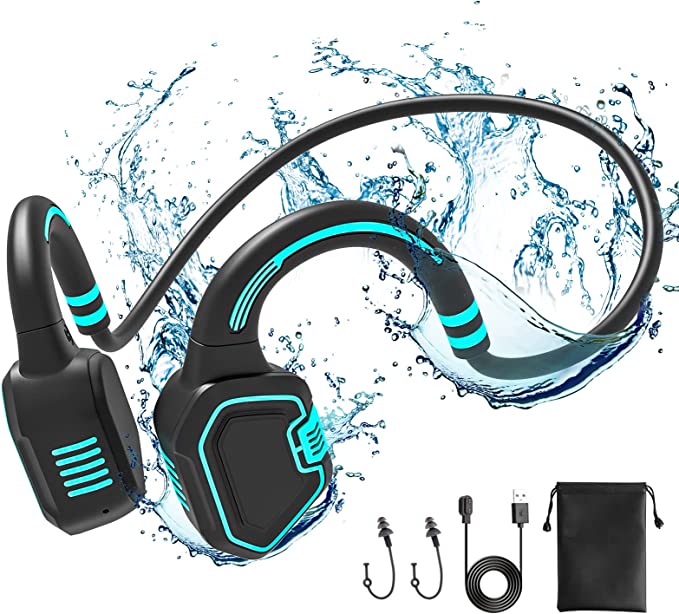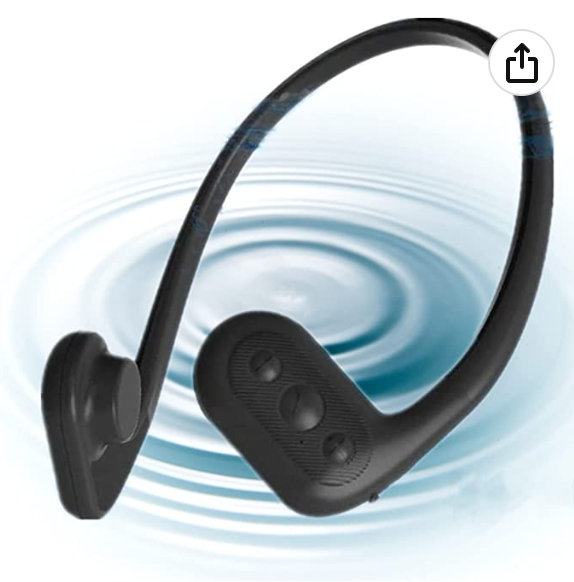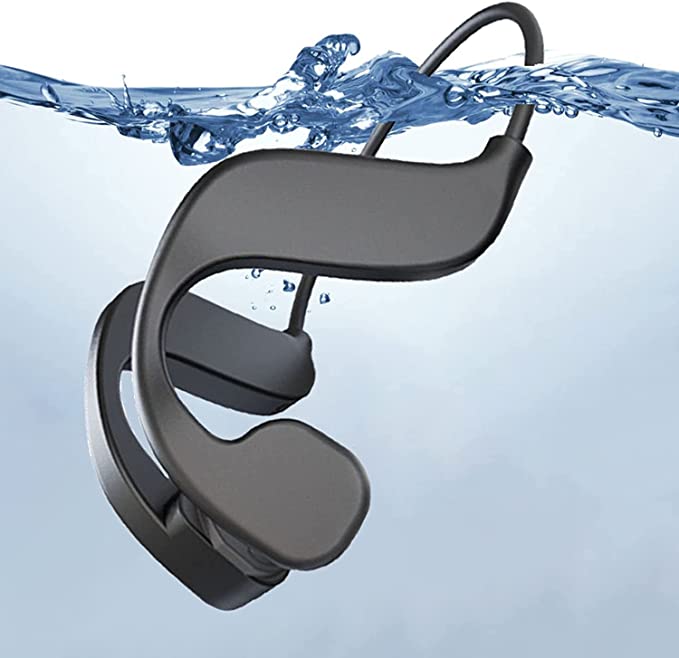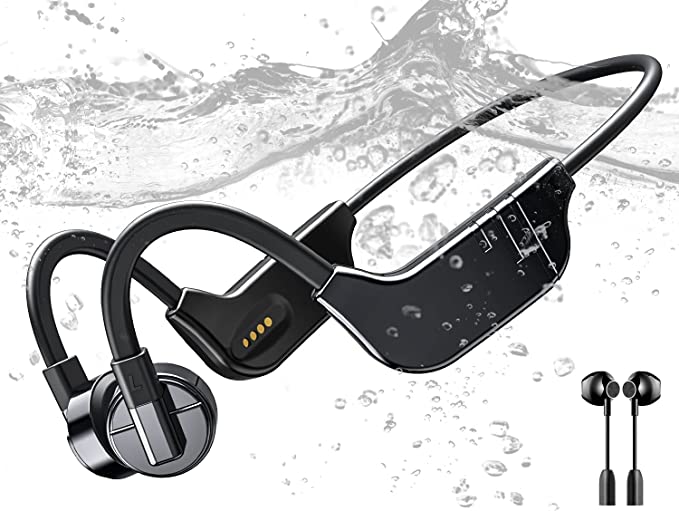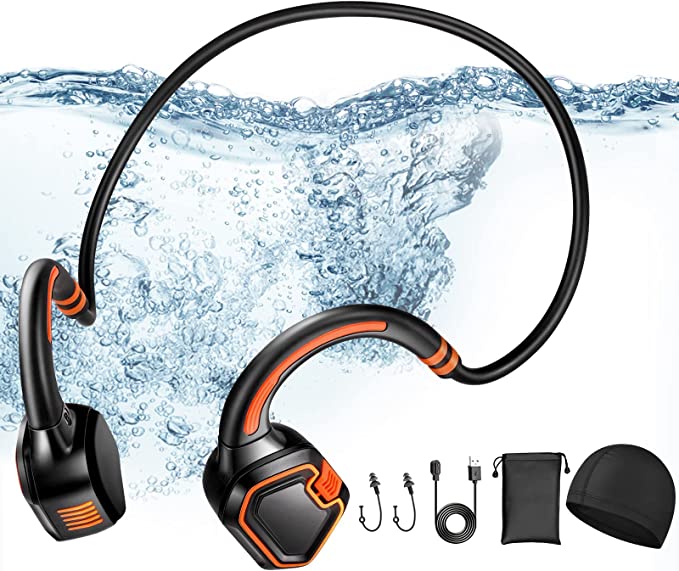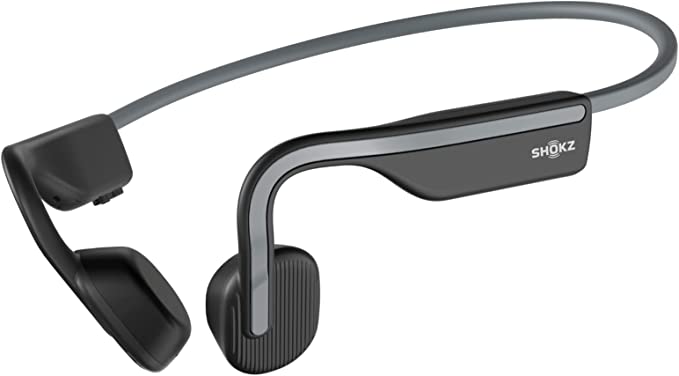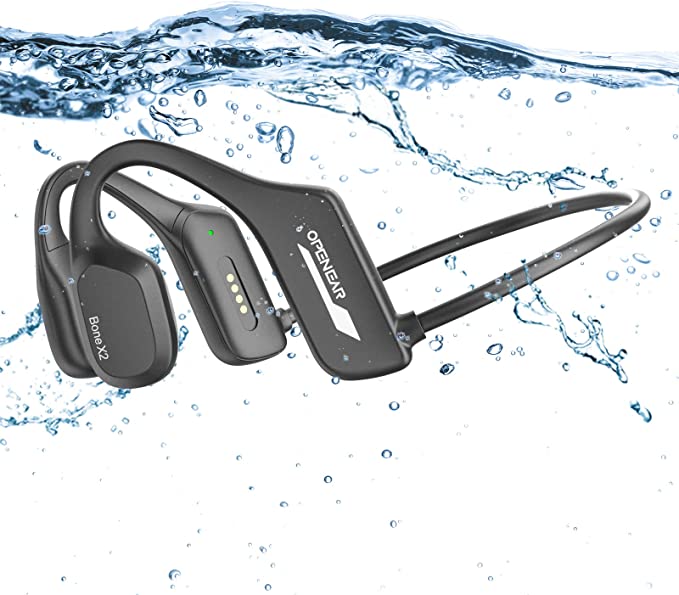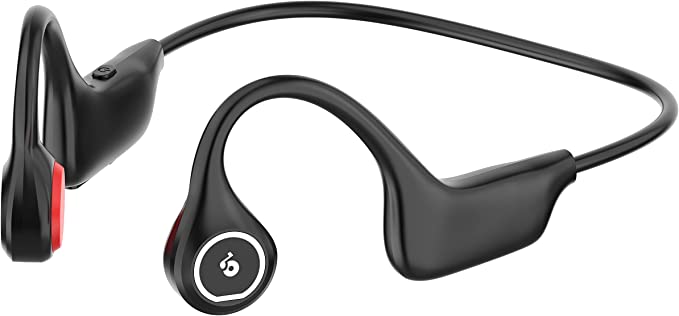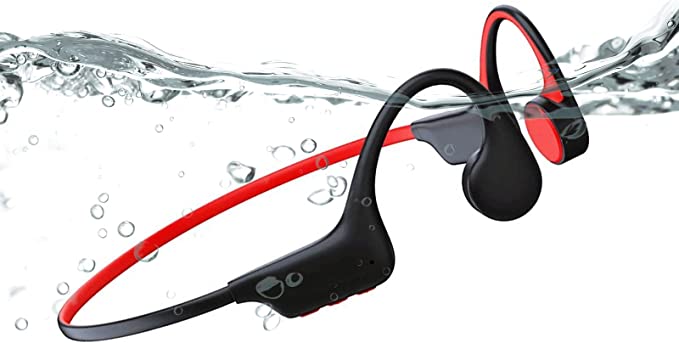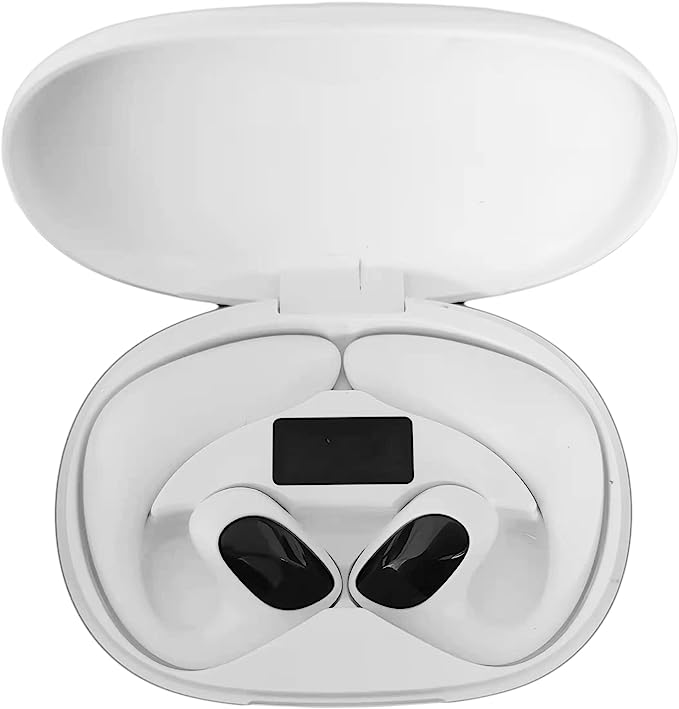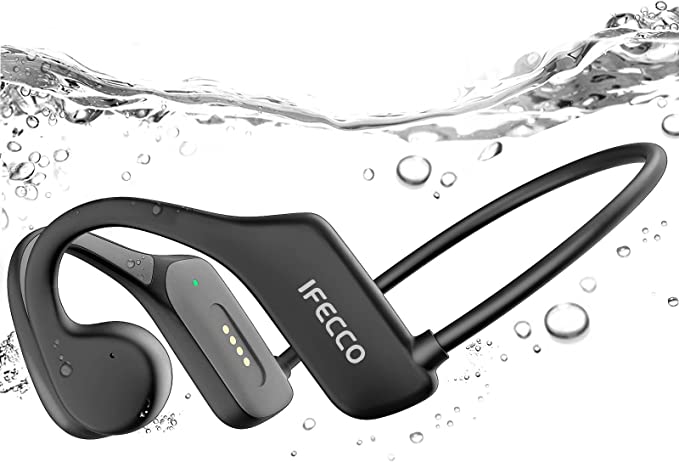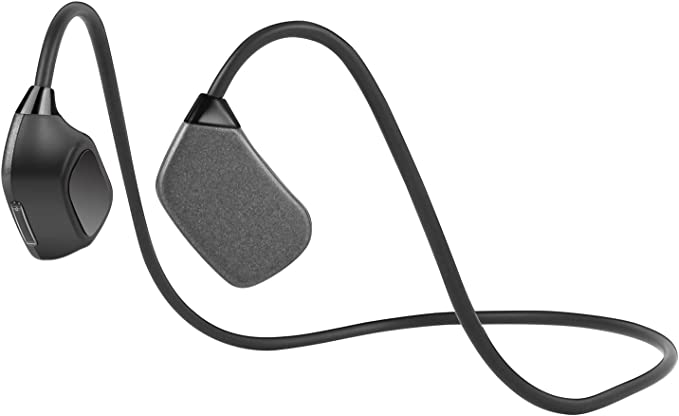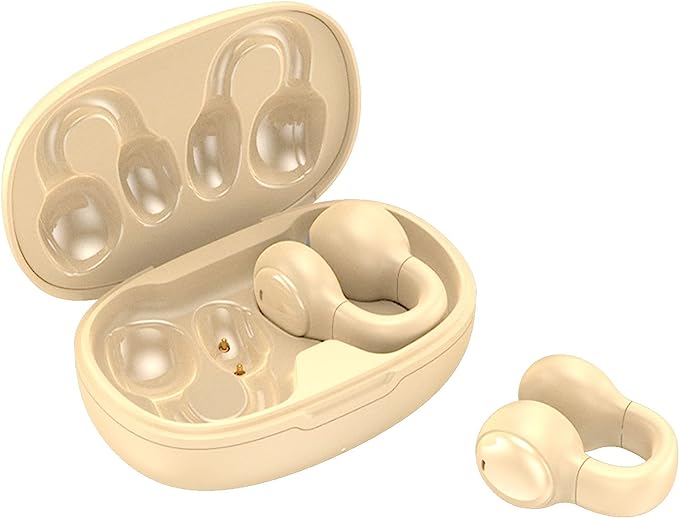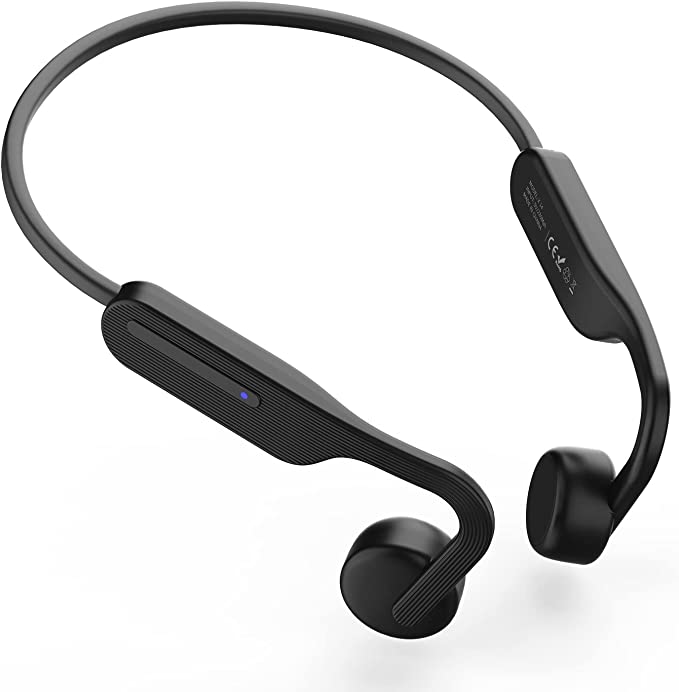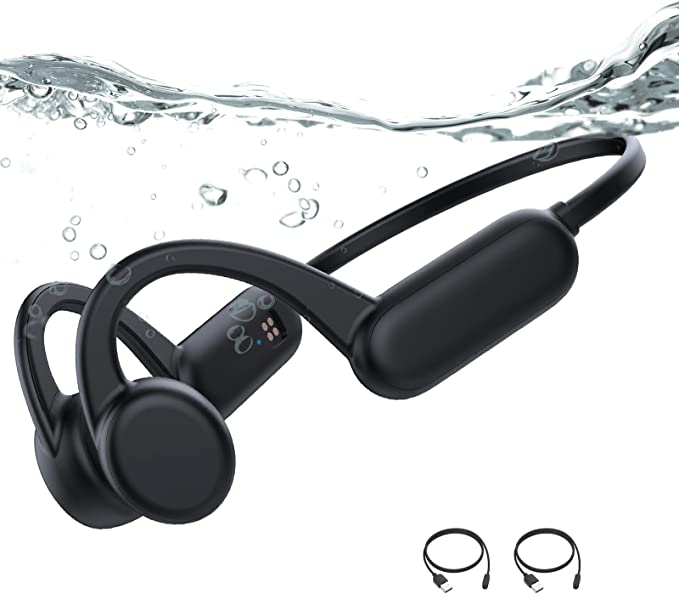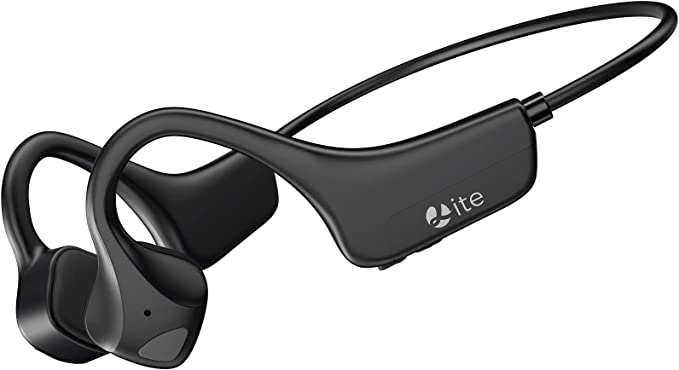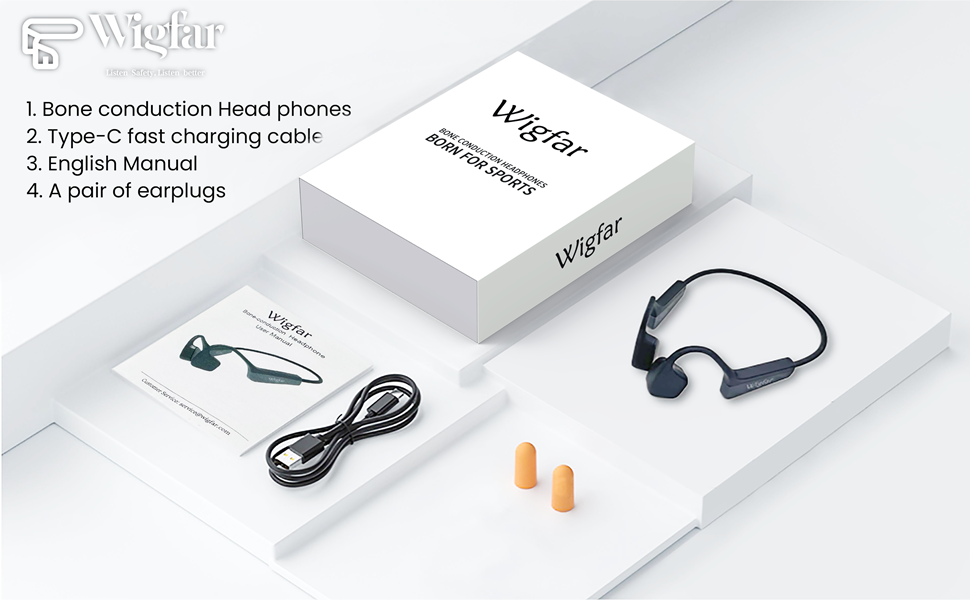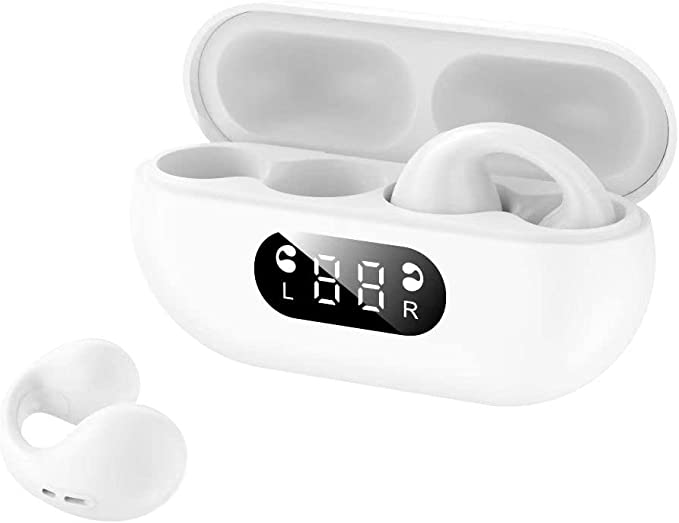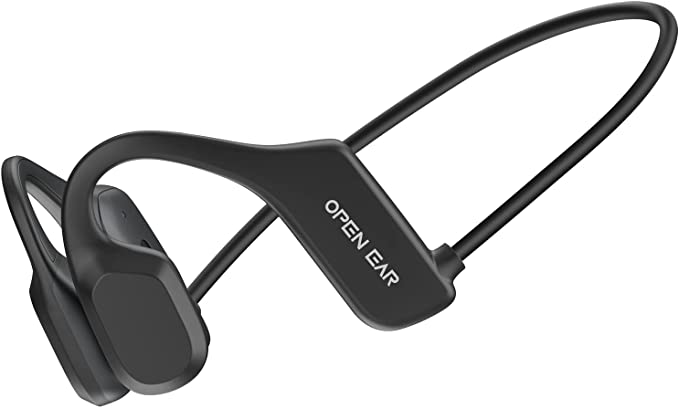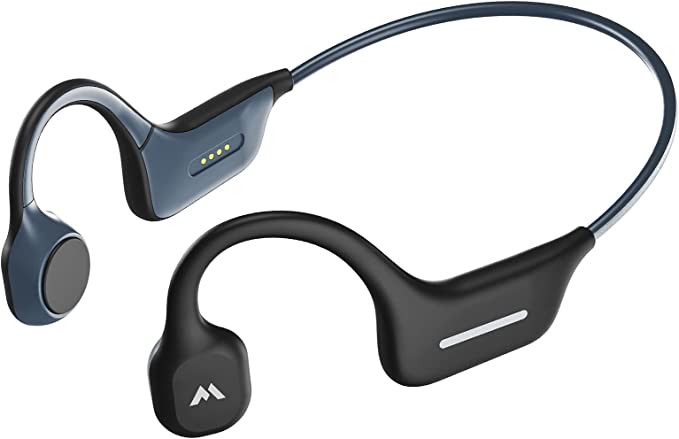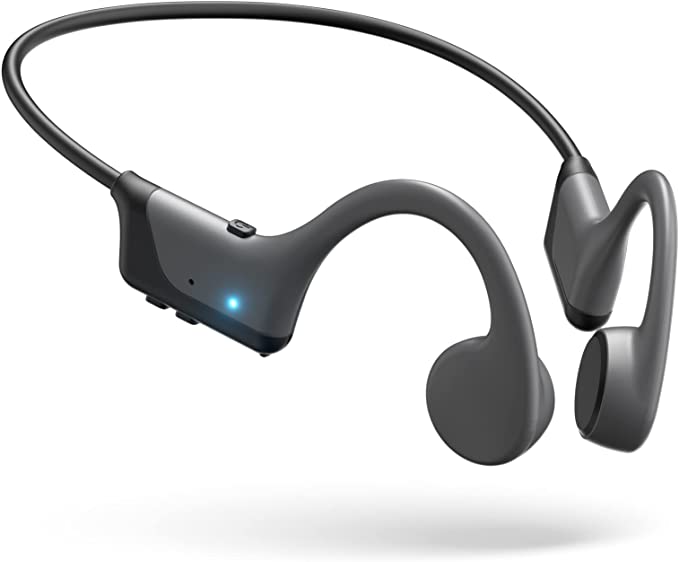Relxhome XNCH-X7S Bone Conduction Headphones: Swim with Your Music
Update on Aug. 24, 2025, 4:57 p.m.
There is a unique quietness to the swimmer’s world. The moment you push off the wall and glide beneath the surface, the chaotic sounds of the outside world collapse into a muffled, rhythmic pulse—the rush of water past your ears, the distant thrum of your own heartbeat, the soft percussion of your breath. It is a meditative, almost primordial silence. Yet, for many, this tranquility eventually gives way to a familiar craving: the desire for a soundtrack, for the propulsive beat or soaring melody that can transform a grueling workout into a transcendent experience.
For decades, this desire has crashed against the unyielding wall of physics. Water, the very medium that buoys us, is a profound barrier to the two things our headphones depend on: sound waves and radio signals. Stuffing traditional earbuds into your ears is a futile exercise in distorted, hollow noise. And the seamless Bluetooth connection you rely on for every other activity vanishes within inches of the water’s surface. The pool, it seems, is where audio goes to die.
But what if the solution wasn’t to fight the water, but to bypass it entirely? What if you could listen not with your ears, but through your bones? This idea, as futuristic as it sounds, has a surprisingly deep past, rooted in the struggles of a musical genius.

A Lesson from a Deaf Composer
In the early 19th century, Ludwig van Beethoven, one of history’s greatest composers, was descending into the profound silence of deafness. Yet, he continued to compose. One widely told account describes how he discovered a workaround: by clenching a rod in his teeth and pressing the other end against his piano, he could perceive the instrument’s vibrations. The sound traveled directly through his jawbone to his inner ear, bypassing the damaged parts of his auditory system. Beethoven wasn’t performing a miracle; he was exploiting a secondary, little-known pathway for hearing: bone conduction.
We all experience this phenomenon. Plug your ears and hum; the sound you hear is traveling through the bones of your skull. It’s a testament to the fact that our auditory system has two primary routes. The main highway is air conduction. Sound waves travel through the air in our ear canal, vibrate the eardrum, which in turn moves the tiny bones of the middle ear, sending mechanical energy to the fluid-filled cochlea, or inner ear. It is here that vibrations are finally translated into nerve impulses for the brain to interpret as sound.
Bone conduction is the scenic backroad. It skips the eardrum and middle ear entirely, sending vibrations directly through the skull to that same destination: the cochlea. For Beethoven, this backroad was a lifeline. For the modern swimmer, it is the key to unlocking an underwater concert hall.

The Physics of Failure, The Engineering of a Solution
To appreciate the elegance of bone conduction, we must first understand why conventional methods fail so spectacularly in water. The first problem is acoustic impedance, a term physicists use to describe how much resistance a medium presents to sound waves. The impedance mismatch between air (in your ear canal) and water is enormous. When sound from an earbud tries to travel through trapped water, most of its energy is reflected or absorbed, resulting in a faint, garbled mess.
The second problem is the failure of wireless technology. Bluetooth operates using 2.4 GHz radio waves, a frequency that happens to be absorbed with extreme efficiency by water molecules (this is, incidentally, the same principle that makes your microwave oven work). The result is that a Bluetooth signal that travels dozens of feet in open air can barely penetrate a few inches of water.

This is where a device like the Relxhome XNCH-X7S becomes a fascinating case study in applied physics. It doesn’t try to defy these laws; it cleverly engineers a way around them.
First, it embraces bone conduction. Instead of speakers, it uses small transducers that rest on the cheekbones, just in front of the ears. These convert the electrical signal of your music into subtle mechanical vibrations. Your cheekbones and skull do the rest, transmitting the rhythm and melody directly to the cochlea. Because your ear canals remain open, the problem of acoustic impedance is rendered irrelevant.

Second, to solve the Bluetooth problem, the headphones incorporate a solution that might seem like a throwback: a built-in 32GB MP3 player. This isn’t a regression; it’s a pragmatic and intelligent admission that physics is king. By loading music files directly onto the device, it becomes a self-contained system, completely independent of the radio-wave-killing properties of water. It’s a design choice born not from nostalgia, but from necessity.
Finally, the entire package must survive the environment. An IPX8 waterproof rating signifies that the device is not just resistant to splashes but is built for continuous submersion. According to the international standard (IEC 60529), this rating means it can withstand being underwater at depths greater than 1 meter, with the manufacturer specifying the exact conditions—in this case, up to two meters for extended periods. This requires robust seals, non-corrosive contact points, and materials that can endure the chemical environment of a chlorinated pool.

The Inevitable Compromise
Yet, no engineering solution comes without trade-offs, and bone conduction is no exception. The mixed user reviews of such devices often point to realities rooted in their fundamental design.
The most common critique is about sound quality. Listeners often describe the audio as “tinny” or lacking in deep bass compared to traditional headphones. This isn’t necessarily a flaw in the product but a consequence of the medium. Our eardrums and ear canals have evolved to resonate at specific frequencies, amplifying the sounds we perceive through the air. Bone, being much denser, transmits higher frequencies more efficiently than lower ones, altering the perceived tonal balance. For the focused environment of a swim, many find the clarity perfectly adequate, but it won’t satisfy an audiophile seeking a rich, resonant bass.

Another inherent trait is sound leakage. Because the system is “open,” some vibrations will dissipate into the air, meaning a person nearby in a quiet room might faintly hear your music. Furthermore, the durability of any electronic device in a chemically treated pool is a constant challenge. User complaints of materials bubbling or failing over time highlight the relentless battle between polymer science and chlorine.
Ultimately, the Relxhome XNCH-X7S and devices like it represent a series of brilliant compromises. They trade the high fidelity of a sealed in-ear monitor for the unique ability to function where others can’t. They sacrifice the convenience of streaming for the reliability of local storage. In doing so, they don’t just provide a product; they offer a solution to a problem once thought unsolvable, transforming the lonely silence of the lap lane into a private, personal symphony. It’s a powerful reminder that sometimes, the most innovative path forward is not to break through the wall, but to find a clever way to go right through it.
